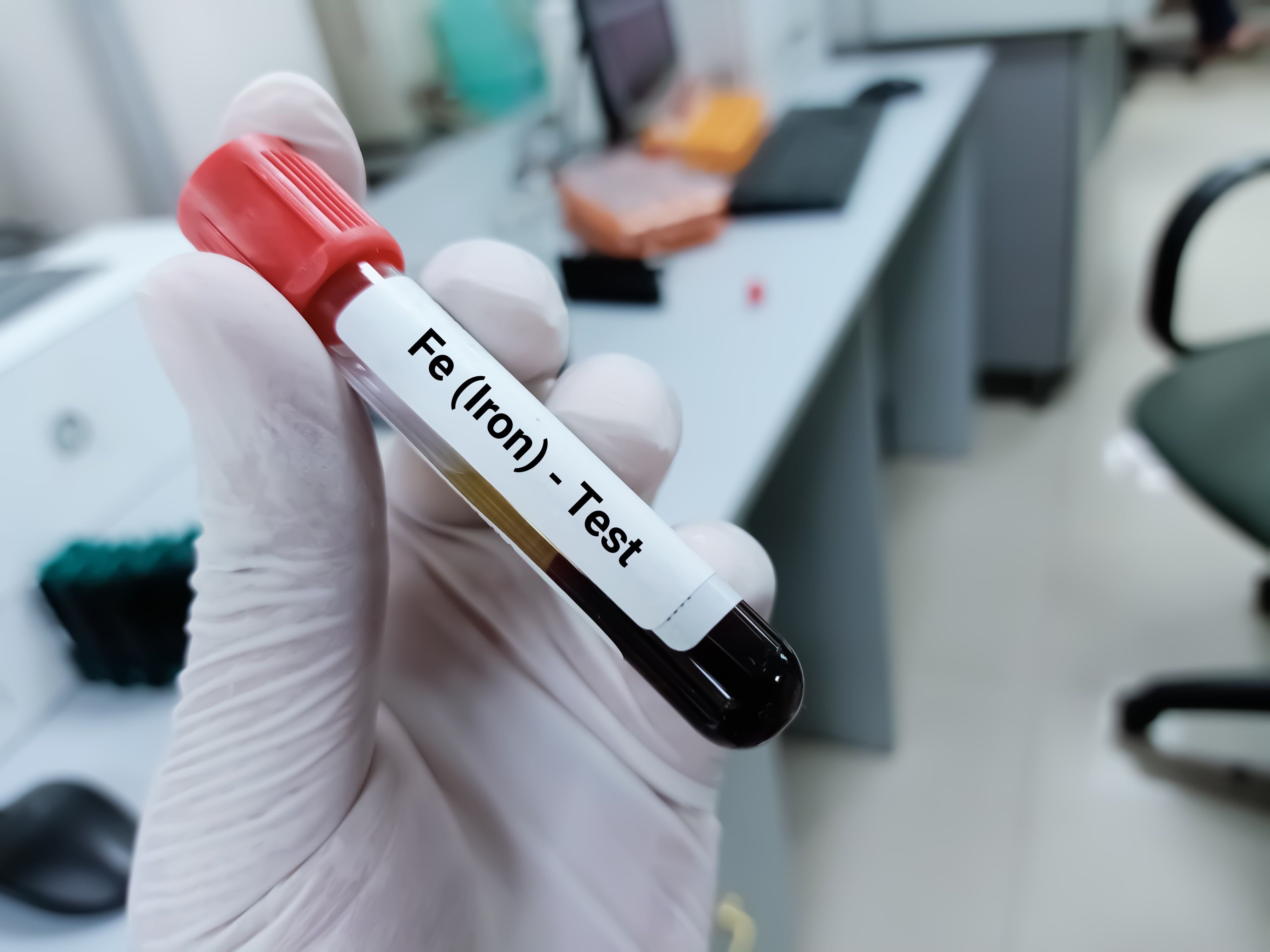News
Article
There Are Increasing Opportunities for Community Pharmacies to Help Patients With Anemia in Condition Management
Author(s):
Pharmacies have the potential to introduce testing services, promote public health campaigns, collaborate with anemia-led clinics, and get more prescribing rights to diagnose anemia.
According to the World Health Organization (WHO), there could be as many as 500,000,000 woman aged 15 to 49 years (reproductive age) that are impacted by anemia. As an accessible health care provider, pharmacists could be an opportune resource to help patients manage anemia and iron deficiency anemia (IDA)—the primary cause of anemia—according to a literature review published in Exploratory Research in Clinical and Social Pharmacy.
“Iron deficiency anemia is one of the top 5 causes of years lived with disability globally,” wrote study authors in the article. “[But] with the increasing role of pharmacists in the health care system and as one of the most accessible members of the health workforce, pharmacists can contribute to anemia management, such as in a community setting.”
IDA largely affects women who are pregnant and children, according to study authors. Anemia can lead to premature birth, low birth weight, and maternal or perinatal mortality among women who are pregnant; in children, it can lead to poor cognition, school performance, and behavioral issues as they grow up. Generally, IDA can cause cognitive or physical impairment, productivity loss, susceptibility to infections, and risk of morbidity and mortality.
The WHO created a goal of reducing worldwide anemia by 50% in women of a reproductive age by 2025, and pharmacists could help contribute to this goal, according to the literature in this systematic review. Specifically, the review outlines how pharmacists can help with IDA management, the necessary educational and training tools needed to support the role, and current barriers and enablers, based on cumulative findings in the literature.
Furthermore, the literature showed there are growing opportunities for community pharmacies to expand services that allow patients to receive point-of-care testing for anemia. Moreover, investigators determined that collaboration was an enabler of anemia management, and specifically, collaboration between pharmacists and physicians on community-wide point-of-care testing. This data aligns with past research, which determined the importance of interprofessional relationships for condition management.
Furthermore, the literature showed there are growing opportunities for community pharmacies to expand services that allow patients to receive point-of-care testing for anemia. Image Credit: © Innovative Creation - stock.adobe.com

Pharmacists can also increase their role in providing health education to the community, via anemia counseling and patient adherence monitoring, and pharmacists might also benefit from tools that can increase their own knowledge about the condition, according to the literature.
Additionally, the systematic review found that guidelines, toolkits related to anemia screening, counseling and management, and trainings and workshops could be used to improve the pharmacist’s ability to discuss specifics with patients. Further, education about point-of-care testing could increase pharmacist’s ability to perform testing while screening for anemia.
Limitations of the review included its scope (only 1 database and 1 focus group included); the number of eligible studies that were available for review; and findings themselves, which might not be generalizable.
Ultimately, the review authors expressed that pharmacies have the potential to introduce testing services, promote public health campaigns, collaborate with anemia-led clinics, and get more prescribing rights to diagnose anemia, all of which can work alongside other measures to improve patient outcomes and the abilities of the pharmacist to support patients’ care needs.
According to the review authors, future research should expand on the pharmacists’ role in anemia management in the community setting. Other research could also evaluate the cost-effectiveness of pharmaceutical care services and the outcomes of these services, enabling pharmacists to learn from them and make data driven decisions in the future.
“[It is] imperative to monitor the success and outcomes of pharmacists' involvement in reducing the prevalence of anemia and supporting the achievement of the WHO global targets on anemia,” study authors wrote.
Reference
Meilianti S, John C, Duggan C, O’campo L, Bates I. How can pharmacists contribute to anaemia management? A review of literature and exploratory study on pharmacists' role in anaemia. Explor Res Clin Soc Pharm. March 2023. doi:10.1016/j.rcsop.2023.100231
Newsletter
Stay informed on drug updates, treatment guidelines, and pharmacy practice trends—subscribe to Pharmacy Times for weekly clinical insights.






